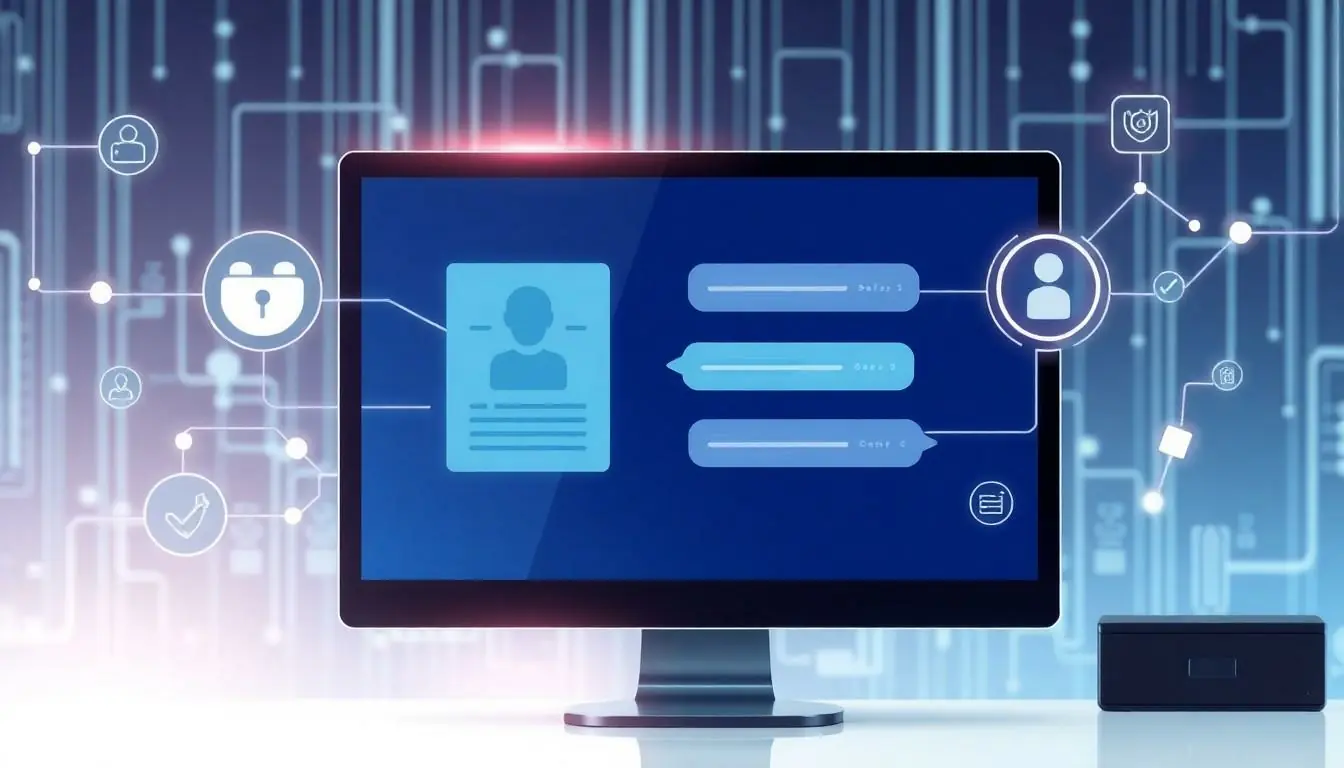In a world where information flows like a river and hyperlinks are the bridges, you might wonder why ChatGPT can’t just stroll across those digital pathways. After all, it’s got a wealth of knowledge tucked away in its virtual brain. But before you imagine it as a lost tourist in the vast internet landscape, let’s explore the reasons behind this curious limitation.
Think of ChatGPT as your well-read friend who can recite facts and share insights but can’t quite open a browser to check the latest memes. It’s not that it’s avoiding the links; it’s simply built that way. This article dives into the fascinating world of AI limitations, shedding light on why ChatGPT sticks to its script and how that impacts the way we interact with technology. So, buckle up for a humorous yet insightful journey through the tangled web of AI capabilities.
Table of Contents
ToggleOverview of ChatGPT Capabilities
ChatGPT can generate human-like text based on prompts. This model excels in conversing, answering questions, and providing information across various topics. Its design includes extensive training on diverse datasets, enabling it to generate coherent and contextually relevant responses.
Real-time information access presents a limitation. ChatGPT does not browse the web or access hyperlinks directly. This design choice safeguards user privacy and prevents exposure to unreliable data sources. It relies solely on the information embedded within its training data, which extends up to October 2023.
Conversational abilities allow ChatGPT to engage in meaningful dialogue. Users can ask questions, seek explanations, and receive detailed responses. However, without link access, information gathering remains static. The model cannot pull information from current websites, which affects its ability to provide updates or new findings.
Users encounter certain constraints when relying on ChatGPT. It cannot verify the accuracy of external content in real-time. ChatGPT supports informed conversations but lacks the ability to navigate or retrieve new data, confining its responses to historical knowledge.
Understanding these capabilities clarifies ChatGPT’s role as an AI assistant. It serves as a powerful tool for generating text but operates within a predefined scope. Users appreciate its ability to simulate conversation, even with limitations regarding external information retrieval.
Understanding ChatGPT’s Limitations

ChatGPT has distinct restrictions that influence its functionality. Its reliance on pre-existing knowledge shapes interactions and access to information.
Technical Constraints
Limited access to hyperlinks stems from how ChatGPT is engineered. The model doesn’t connect to the internet for real-time data retrieval. Generated responses focus on patterns in data from its training, which includes information up to October 2023. This architecture means users receive knowledgeable responses based on historical content rather than current events. These constraints affect the model’s ability to provide updates or verify information sourced externally.
Privacy and Security Concerns
Privacy plays a crucial role in ChatGPT’s limitations. Users’ interactions with the model emphasize protection against data breaches. By not accessing hyperlinks, ChatGPT safeguards sensitive information from potential exploitation. This strategy reduces exposure to unreliable sources that could mislead users. Ans as a result, the design prioritizes user trust, maintaining a safe environment for conversations and inquiries.
The Nature of Web Links
The concept of web links significantly impacts how ChatGPT interacts with information. Understanding the distinction between different types of content aids in this discussion.
Static vs. Dynamic Content
Static content remains unchanged over time. Websites presenting information like articles and blogs often fall into this category. In contrast, dynamic content updates based on user interactions or real-time data. Social media feeds exemplify dynamic content since they reflect ongoing events. ChatGPT processes static information efficiently due to its training on historical data. Users seeking current trends or updates may find ChatGPT lacking because it cannot access dynamic content or real-time changes.
Influence of Link Accessibility
Link accessibility plays a crucial role in user experience. Users expect information at their fingertips, but ChatGPT’s design creates a barrier. Restricted access to hyperlinks prevents exposure to specific, up-to-date content. This limitation maintains a focus on privacy and prevents misinformation. Trust is preserved when users interact with the model, knowing it relies on validated sources. By avoiding direct link access, ChatGPT ensures a conversation based on established knowledge rather than potentially misleading or unreliable data.
Implications for Users
ChatGPT’s inability to access links significantly influences how users interact with the model. Privacy and security remain central to this design choice, yet it brings notable consequences for information access and conversation fluidity.
Impact on Information Gathering
Users often rely on real-time updates for accurate insights. When ChatGPT can’t fetch hyperlinks, accessing the latest trends becomes challenging. Instead, it draws from historical data, which may lack recent developments. Users seeking specific, up-to-date information encounter limitations that prevent comprehensive research. Static content answers some inquiries, but those needing dynamic or evolving information may find responses insufficient. In contexts where real-time data is crucial, alternative resources must supplement ChatGPT’s capabilities.
Challenges in Conversations
Conversations can feel stilted without current context. Users frequently engage with topics that change rapidly, leading to gaps in dialogue. Without link access, ChatGPT can’t adapt to fresh developments or address trending topics accurately. This disconnection might frustrate users wishing for an effortless flow of information. While the model excels at generating responses, the lack of real-time data impacts the relevance of interactions. Users might find richer conversations elsewhere when looking for timely insights, highlighting the importance of fluid and current discussions.
ChatGPT’s inability to access links highlights a fundamental aspect of its design. While it offers valuable insights and engages users effectively, its reliance on pre-existing knowledge creates limitations in accessing real-time information. This design prioritizes user privacy and security, ensuring a safe environment for conversations.
However, the trade-off is evident as users may find themselves wanting for current updates or dynamic content. Understanding these constraints can help users navigate their interactions with ChatGPT more effectively. By acknowledging its strengths and limitations, users can better complement their research efforts with other resources when seeking the latest information.



